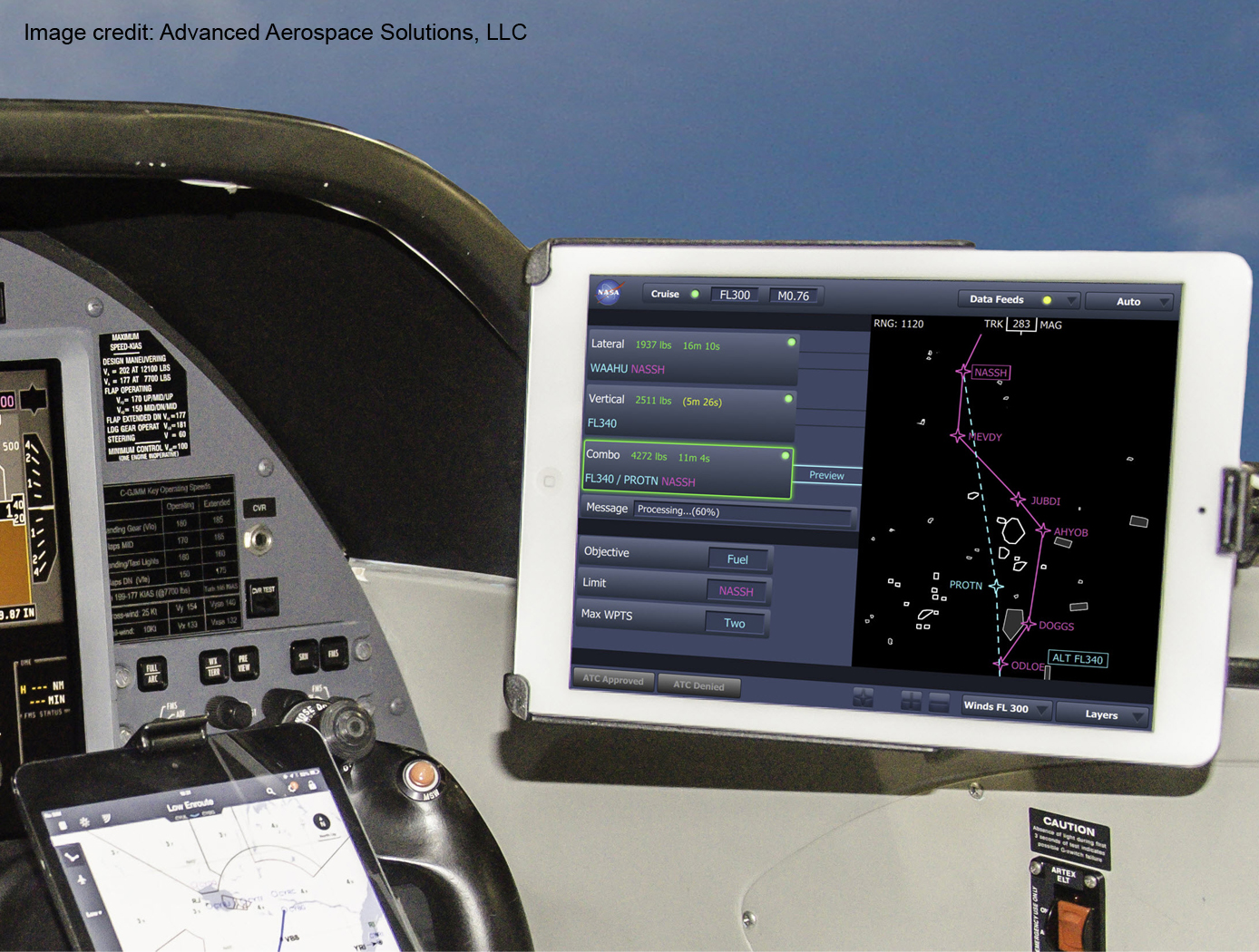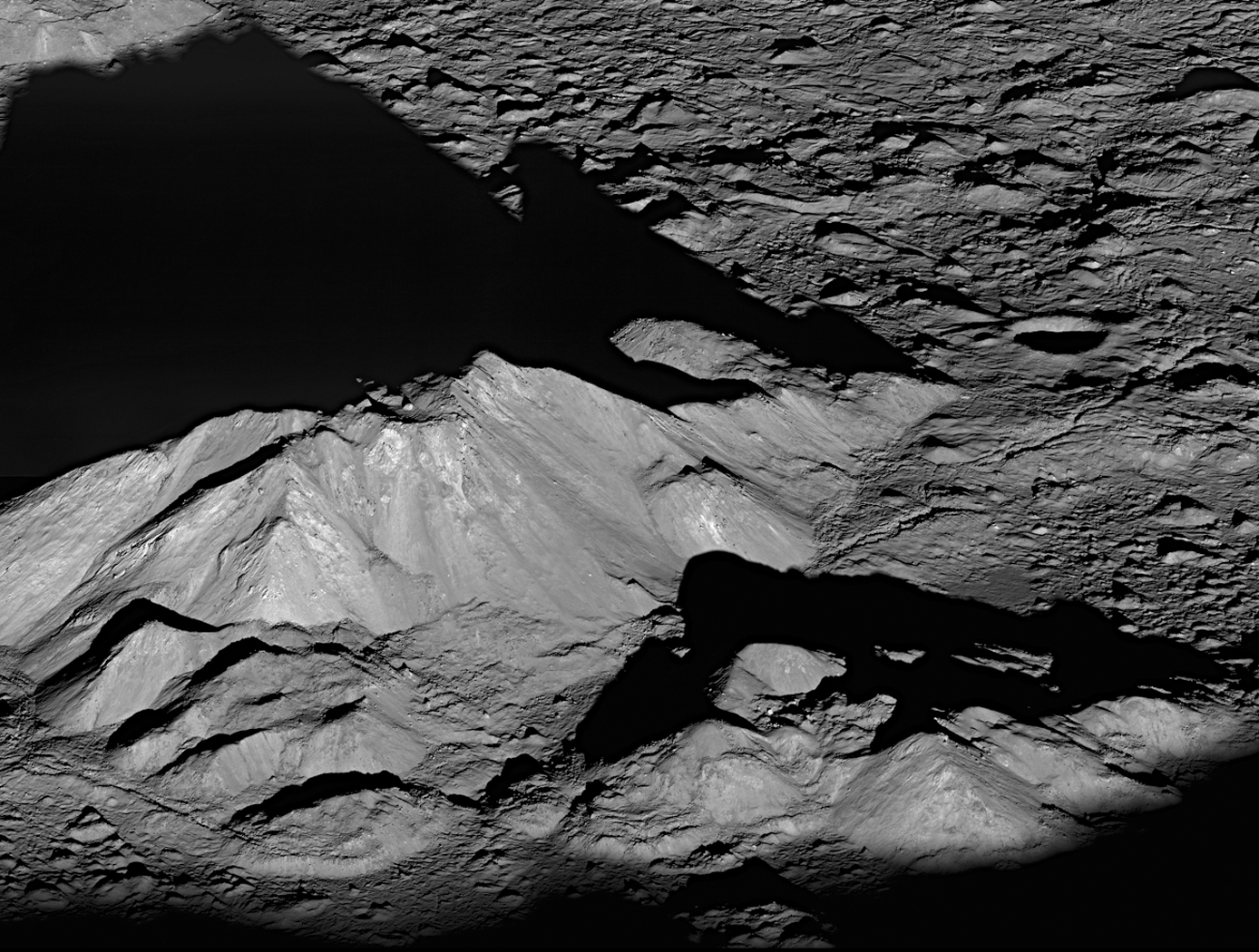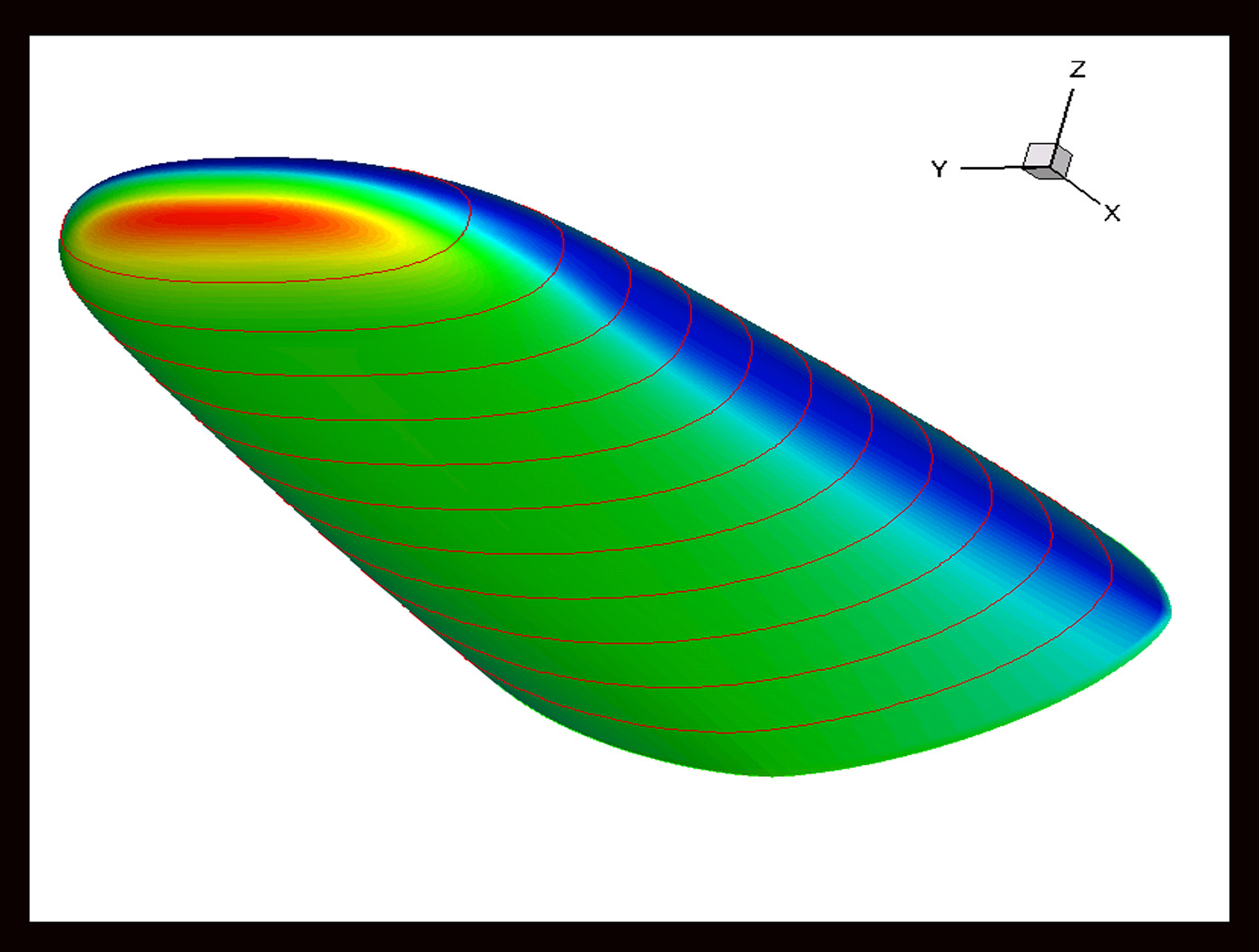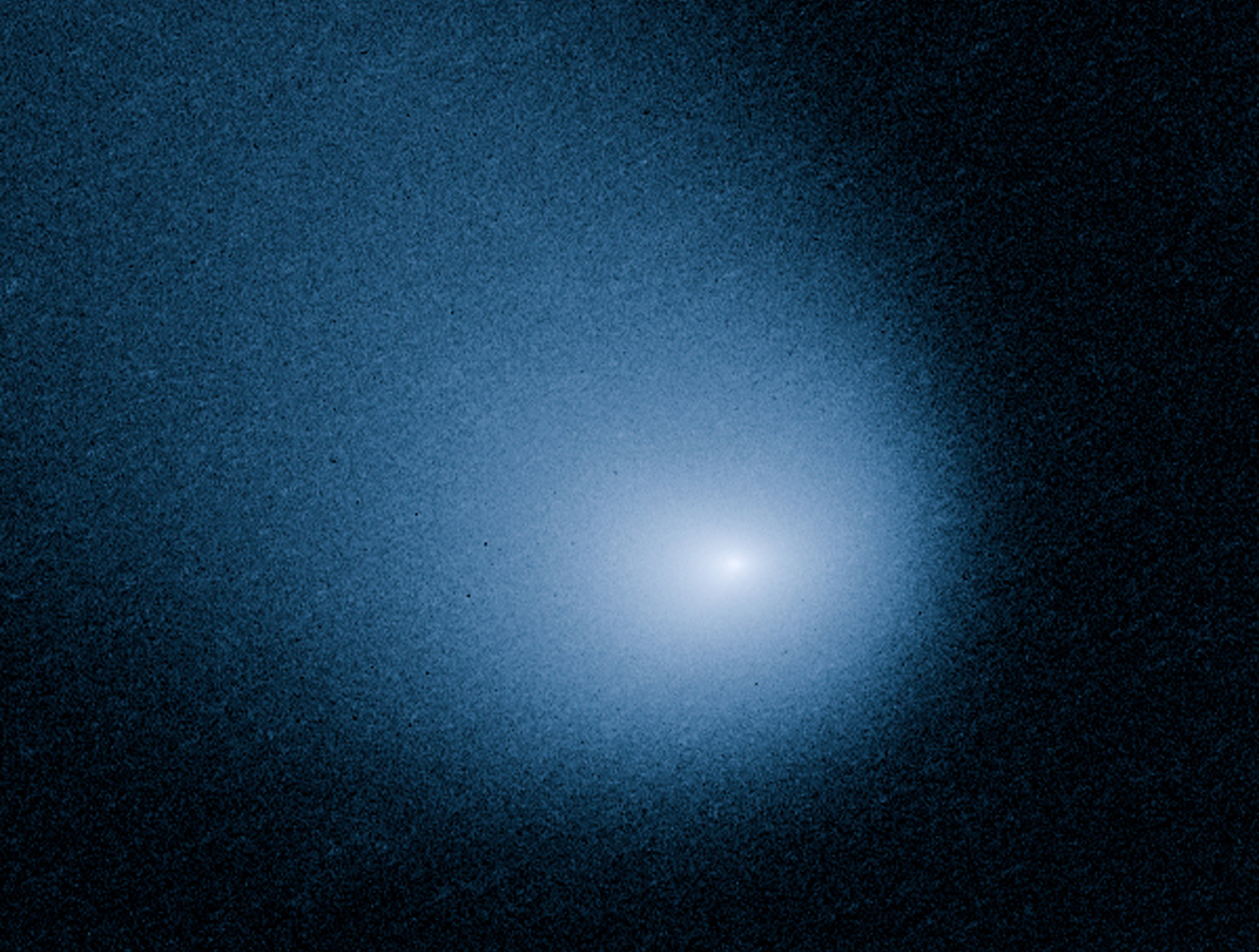Search
information technology and software

Enhanced Project Management Tool
A searchable skill set module lists a name of each worker employed by the company and/or employed by one or more companies that contract services for the company, and a list of skills possessed by each such worker. When the system receives a description of a skill set that is needed for a project, the skill set module is queried. The name and relevant skill(s) possessed by each worker that has at least one skill set provided in the received skill set list is displayed in a visually perceptible format.
Provisions are provided for customizing and linking, where feasible, a subset of reports and accompanying illustrations for a particular user, and for adding or deleting other reports, as needed. This allows a user to focus on the 15 reports of immediate concern and to avoid sorting through reports and related information that is not of concern.
Implementation of this separate-storage option would allow most or all users who have review access to a document to write, edit, and otherwise modify the original version, by storing the modified version only in the users own memory space. Where a user who does not have at least review-access to a report explicitly requests that report, the system optionally informs this user of the lack of review access and recommends that the user contact the system administrator. The system optionallystores preceding versions of a present report for the preceding N periods for historical purposes. The comparative analysis includes an ability to retrieve and reformatnumerical data for a contemplated comparison.
Information Technology and Software

Context Based Configuration Management System
Context Based Configuration Management (CBCM) is a hybrid tool-suite that directly supports the dynamic, distributed strategic planning and decision making environment. The CBCM system marries Decision Map technology with Commercial Off-the-Shelf (COTS) configuration management work flow (Xerox Docushare), embedded component models (events models, configuration item models, and feedback models) all on top of a web based online collaboration technology (e.g., NASA/Xerox Netmark middleware engine). CBCM drives an enterprise management configuration system with built-in analysis functions, tightly interoperable with other enterprise management systems (through middleware connections) that deliver integrated reports and enable enterprise-wide inputs on decisions/actions/events, and present context-based query-driven views on configuration management information. The theory of operation flows from the most senior level of decision making and creates a master Configuration Decision Map. This map track events, configuration objects, and contexts. Additional Configuration Decision Maps can be created independently and/or as a result of the Master Configuration Decision Map by successive organizations and/or individuals in the entire enterprise. The integrated icon-objects have intelligent triggers embedded within them configurable by the users to provide automatic analysis, forecasts, and reports. All information is stored in an object-relational database that provides robust query and reporting tools to help analyze and support past and current decisions as well as track the enterprise baseline and future potential vectors.
information technology and software

A Method For Developing And Maintaining Evolving Systems With Software Product Lines
The idea of a software product line has been developed that views software products that are substantially similar, or which have substantially similar content, as being different products in a line of products that the organization develops. For example, flight software for different missions can be viewed as a line of products that fulfills this purpose, with many of the products having similarities, or in extreme cases being very similar with a few specializations.
This method expands this view further and sees an evolving system, one that will likely run for a long period of time, and which must have corrections, enhancements and changes made to it over a period of time, as essentially exhibiting a product line. More specifically, different versions or releases of the system are viewed as different 'products' that are substantially similar. This method opens a new field of developing a complex system that is likely to involve many interacting components for development as a product line, which can be developed with state-of-the-art software engineering techniques.
information technology and software

Traffic Aware Strategic Aircrew Requests (TASAR)
The NASA software application developed under the TASAR project is called the Traffic Aware Planner (TAP). TAP automatically monitors for flight optimization opportunities in the form of lateral and/or vertical trajectory changes. Surveillance data of nearby aircraft, using ADS-B IN technology, are processed to evaluate and avoid possible conflicts resulting from requested changes in the trajectory. TAP also leverages real-time connectivity to external information sources, if available, of operational data relating to winds, weather, restricted airspace, etc., to produce the most acceptable and beneficial trajectory-change solutions available at the time. The software application is designed for installation on low-cost Electronic Flight Bags that provide read-only access to avionics data. The user interface is also compatible with the popular iPad. FAA certification and operational approval requirements are expected to be minimal for this non-safety-critical flight-efficiency application, reducing implementation cost and accelerating adoption by the airspace user community.
Awarded "2016 NASA Software of the Year"
information technology and software

Space Link Extension Return Channel Frames (SLE-RCF) Software Library
The Space Link Extension Return Channel Frames (SLE-RCF) software library helps to monitor the health and safety of spacecraft by enabling space agency ground support and mission control centers to develop standardized and interoperable mission control applications for space telemetry data. The software library eliminates the need for missions to implement custom data communication designs to communicate with any ground station. The two main tasks accomplished via the SLE-RCF software library are processing user requests and receiving data from ground stations and ground support assets.
The software library contains three layers:
-SLE (Space Link Extension) for the abstract workings of the protocol
-DEL (Decoding and Encoding Layer) to decode and encode the abstract messages used by the SLE layer
-TML (Transport Mapping Layer) to transfer the encoded messages via some underlying transport layer protocol, such as as the transmission control protocol (TCP)
The library accepts configuration or SLE-RCF directives from the user and responds accordingly. Incoming data, both telemetry frames and status messages, are processed and the appropriate callback routines are triggered by the library.
aerospace

Co-Optimization of Blunt Body Shapes for Moving Vehicles
Vehicles designed for purposes of exploration of the planets and other atmospheric bodies in the Solar System favor the use of mid-Lift/Drag blunt body geometries. Such shapes can be designed so as to yield favorable hypersonic aerothermodynamic properties for low heating and hypersonic aerodynamic properties for maneuverability and stability. The entry trajectory selected influences entry peak heating and integrated heating loads which in turn influences the design of the thermal protection system. A nominal is used to compare each shape considered. The vehicle will be subject to both launch and entry loading along with structural integrity constraints that may further influence shape design. Further, such vehicles must be sized so as to fit on existing or realizable launch vehicles, often within existing launch payload shroud constraints.
Information Technology and Software

Interactive Diagnostic Modeling Evaluator
The i-DME is a computer-user interactive procedure for repairing the system model through its abstract representation, diagnostic matrix (D-matrix) and then translating the changes back to the system model. The system model is a schematic representation of faults, tests, and their relationship in terms of nodes and arcs. D-matrix is derived from the system models propagation paths as the relationships between faults and tests. When the relation exists between fault and test, it is represented as 1 in the D-matrix. To repair the D-matrix and wrapper/test logic by playing back a sequence of nominal and failure scenarios (given), the user sets the performance criteria and accepts/declines the proposed repairs. During D-matrix repair, the interactive procedure includes conditions ranging from modifying 0s and 1s in the matrix, adding/removing the rows (failure sources) columns (tests), or modifying test/wrapper logic used to determine test results. The translation of changes to the system model is done via a process which maps each portion of the D-matrix model to the corresponding locations in the system model. Since the mapping back to the system model is non-unique, more than one candidate system model repair can be suggested. In addition to supporting the modification, it provides a trace for each modification such that a rational basis for each decision can be verified.
information technology and software

Automata Learning in Generation of Scenario-Based Requirements in System Development
In addition, the higher the level of abstraction that developers can work from, as is afforded through the use of scenarios to describe system behavior, the less likely that a mismatch will occur between requirements and implementation and the more likely that the system can be validated. Working from a higher level of abstraction also provides that errors in the system are more easily caught, since developers can more easily see the big picture of the system.
This technology is a technique for fully tractable code generation from requirements, which has an application in other areas such as generation and verification of scripts and procedures, generation and verification of policies for autonomic systems, and may have future applications in the areas of security and software safety. The approach accepts requirements expressed as a set of scenarios and converts them to a process based description. The more complete the set of scenarios, the better the quality of the process based description that is generated. The proposed technology using automata learning to generate possible additional scenarios can be useful in completing the description of the requirements.
information technology and software

Meta Monitoring System (MMS)
Meta Monitoring System (MMS) was developed as an add-on to NASA Ames patented Inductive Monitoring System (IMS), which estimates deviation from normal system operations. MMS helps to interpret deviation scores and determine whether anomalous behavior is transient or systemic. MMS has two phases: a model-building training phase, and a monitoring phase. MMS not only uses deviation scores from nominal data for training but can also make limited use of results from anomalous data. The invention builds two models: one of nominal deviation scores and one of anomalous deviation scores, each consisting of a probability distribution of deviation scores. After the models are built, incoming deviation scores from IMS (or a different monitoring system that produces deviation scores) are passed to the learned model, and probabilities of producing the observed deviation scores are calculated for both models. In this fashion, users of MMS can interpret deviation scores from the monitoring system more effectively, reducing false positives and negatives in anomaly detection.
Note: Patent license only; no developed software available for licensing
Information Technology and Software

Additive Manufacturing Model-based Process Metrics (AM-PM)
Modeling additive manufacturing processes can be difficult due to the scale difference between the active processing point (e.g., a sub-millimeter melt pool) and the part itself. Typically, the tools used to model these processes are either too computationally intensive (due to high physical fidelity or inefficient computations) or are focused solely on either the microscale (e.g., microstructure) or macroscale (e.g., cracks). These pitfalls make the tools unsuitable for fast and efficient evaluations of additive manufacturing build files and parts.
Failures in parts made by laser powder bed fusion (L-PBF) often come when there is a lack of fusion or overheating of the metal powder that causes areas of high porosity. AM-PM uses a point field-based method to model L-PBF process conditions from either the build instructions (pre-build) or in situ measurements (during the build). The AM-PM modeling technique has been tested in several builds including a Ti-6Al-4V test article that was divided into 16 parts, each with different build conditions. With AM-PM, calculations are performed faster than similar methods and the technique can be generalized to other additive manufacturing processes.
The AM-PM method is at technology readiness level (TRL) 6 (system/subsystem model or prototype demonstration in a relevant environment) and is available for patent licensing.



